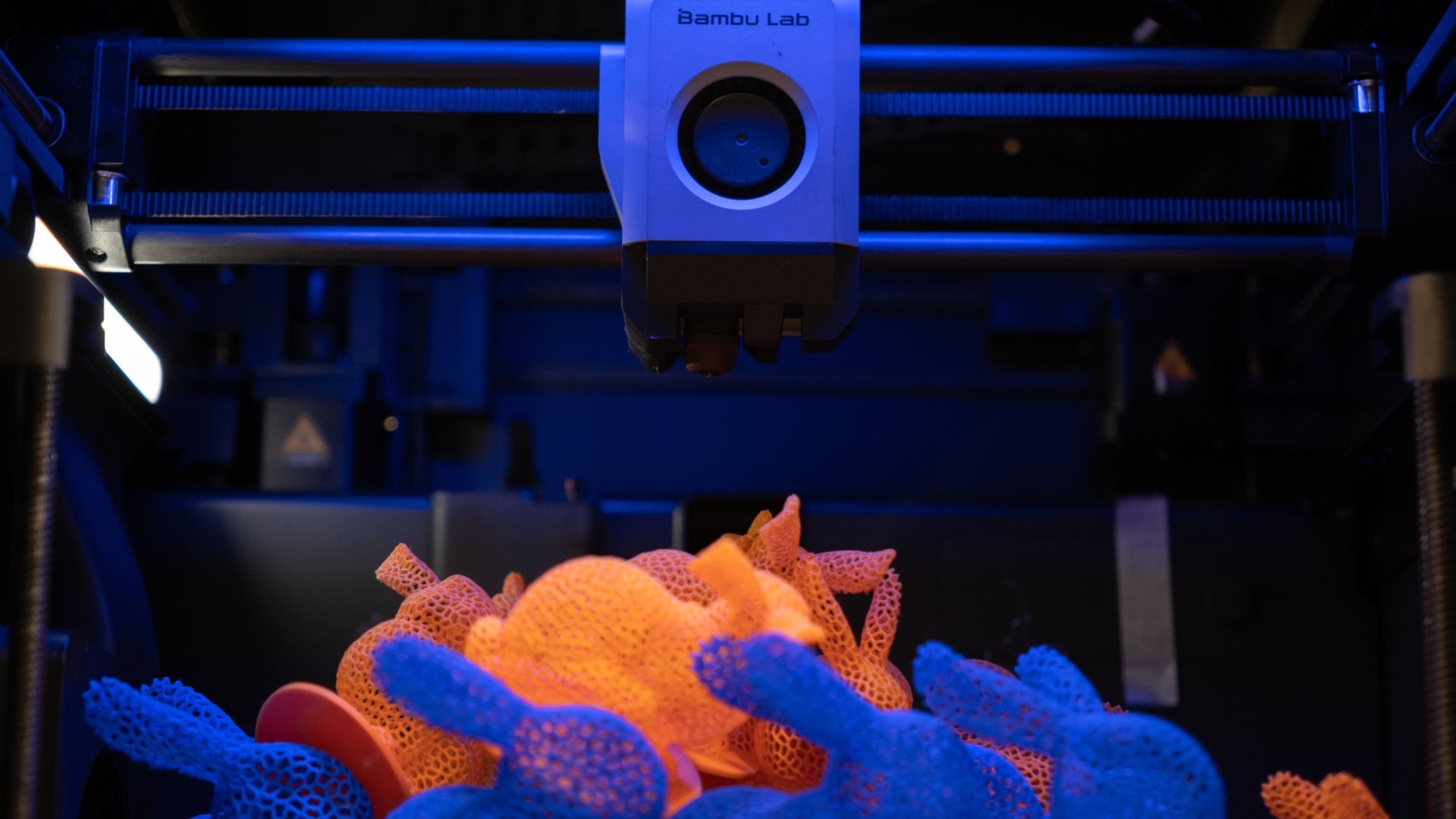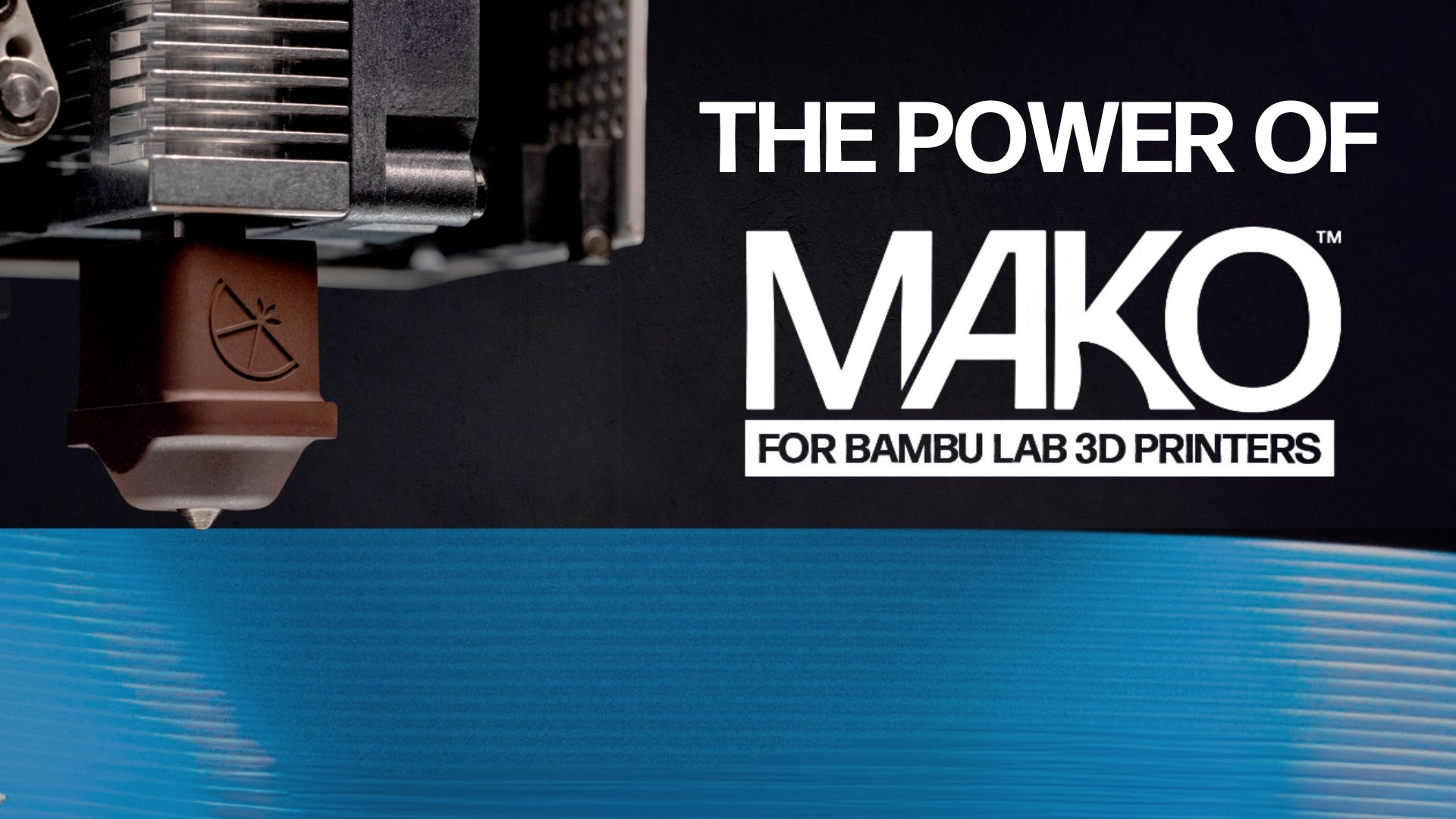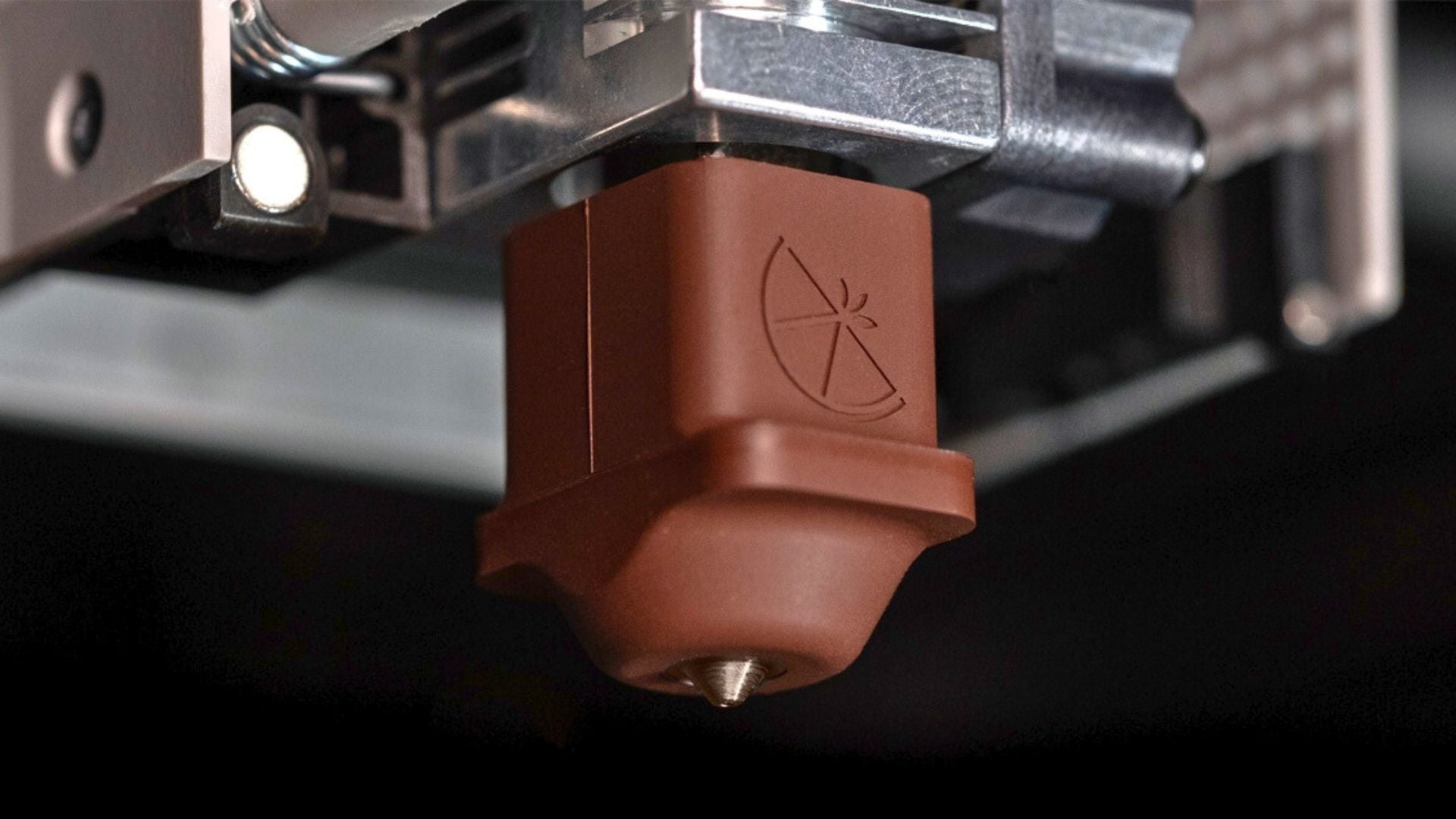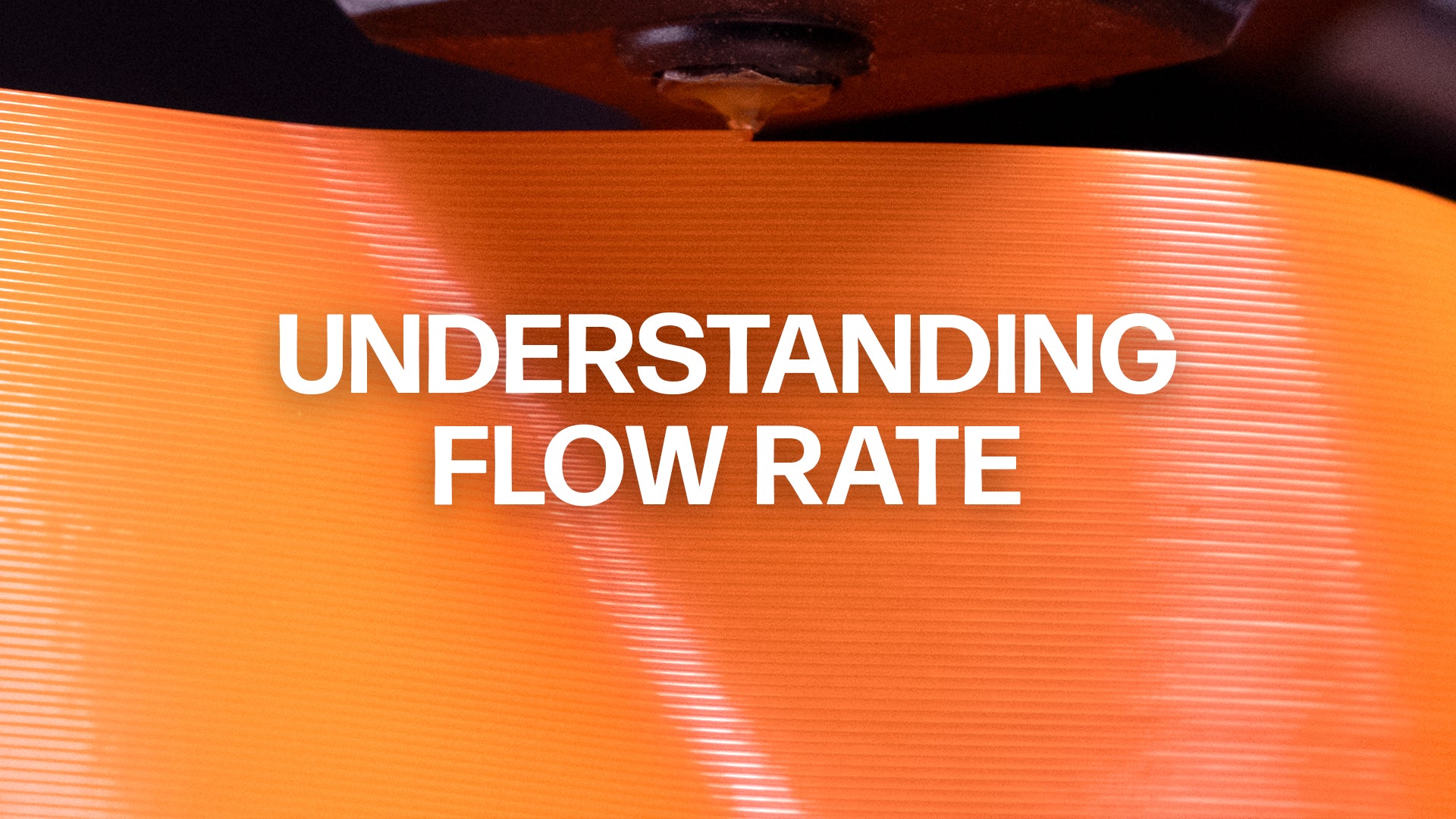
Winning the War Against Moisture: A Guide to Filament Drying Desiccant

Peyton Shelton
Marketing and Social Media Coordinator
The fight against moisture has plagued 3D printing enthusiasts and professionals since the inception of FFF printing. Most 3D printing filaments are hygroscopic, which means they absorb moisture from the air. The degree of hygroscopicity varies depending on the material, with some filaments being more hygroscopic than others. Filaments such as nylon and PETG are particularly prone to absorbing moisture, but less absorbant filaments, such as PLA and ABS, are not immune either.
Wet filament can lead to issues during printing, such as bubbling, stringing, delamination, and poor surface finish. Filaments should be kept in a dry, cool place, preferably in a sealed bag or container with a desiccant to mitigate printing complications. If where you live is prone to moisture and humidity fluctuations, then it is imperative that you use a strong desiccant to absorb moisture from the air.
Silica Gel vs. Activated Alumina
Silica gel and activated alumina are both commonly used desiccants for drying filament, but there are some notable differences between them.
Silica gel is a granular, porous material that absorbs moisture from the air. It is less absorbent than activated alumina, so it needs to be reactivated/replaced more frequently. Additionally, some silica gels may contain cobalt chloride, a toxic substance that can be harmful if ingested or inhaled.
On the other hand, activated alumina is a highly porous material made of aluminum oxide. It is a much more powerful desiccant that can absorb up to 20% of its weight in moisture, compared to 2-3% for silica gel. Activated alumina desiccants are also non-toxic, making them a safer option for 3D printing than other desiccants.
During internal testing, activated alumina achieved and maintained a zero-percent relative humidity in a vacuum-sealed environment, a 100% effectiveness rating, compared to silica which achieved only a 77.9% effectiveness. To read the full white paper on our desiccant activation tests, click here.
Using Slice Engineering’s Activated Alumina Desiccant
We've designed our desiccant canisters to be as easy and convenient to use as possible. The compact, cylindrical shape is specifically engineered to fit perfectly in the center of your filament spool, allowing for efficient and effective moisture absorption.
Our desiccant is incredibly powerful and will effectively absorb moisture, but like all desiccants, it will eventually become saturated and unable to absorb any more. To recharge your desiccant, place the entire canister in your oven at a minimum of 200°C (392°F) and let it bake for two hours. This process will dry out the desiccant, making it reusable and ready to absorb more moisture.
The Humidity Indication Card
When you order our Filament Drying Desiccant, we go the extra mile to ensure you have all the tools necessary to keep your filament dry and ready for printing. In addition to our powerful and effective Activated Alumina Desiccant, we include a complimentary humidity indicator card that acts as a hygrometer, displaying the relative humidity level of your storage environment.
Using the humidity indicator card is simple and straightforward. If the bottom circle turns pink, it's an indication that you will need to recharge your desiccant soon. Once the middle circle turns pink, it's time to recharge. And if the top circle turns pink, it's a sign that your filament may be saturated with moisture and needs to be dried out before being stored again.





